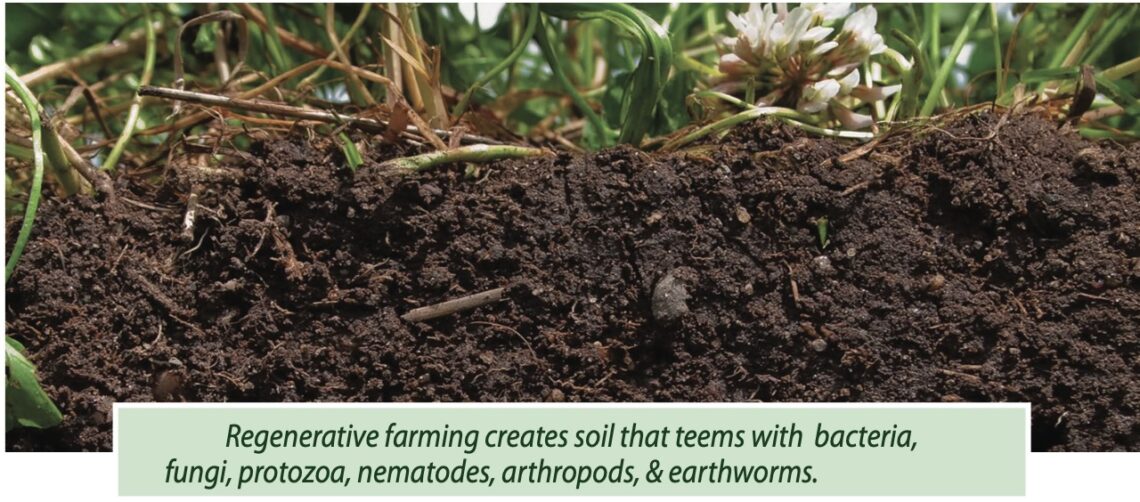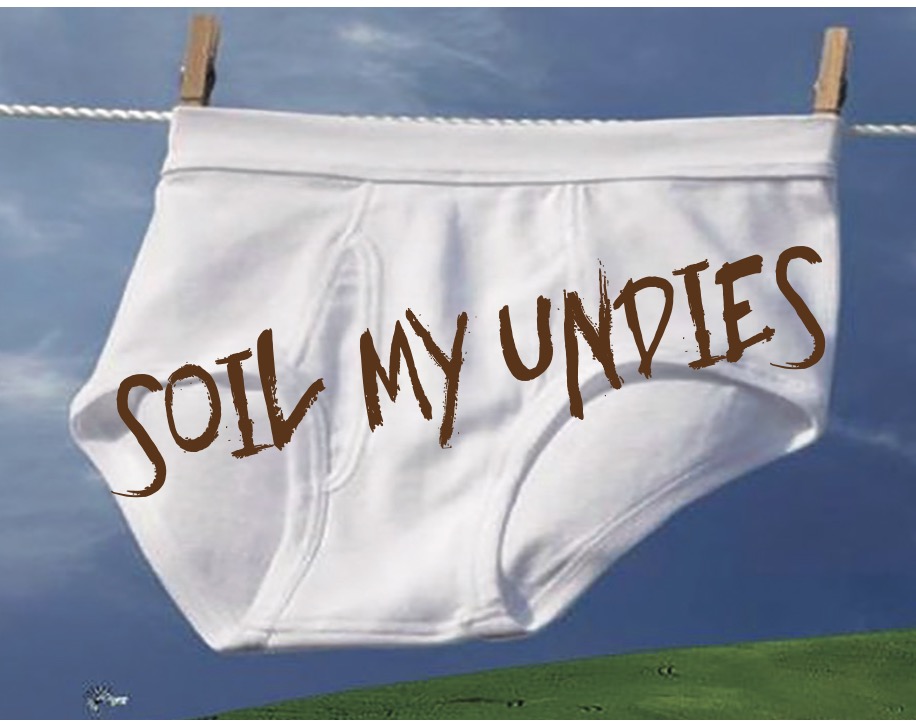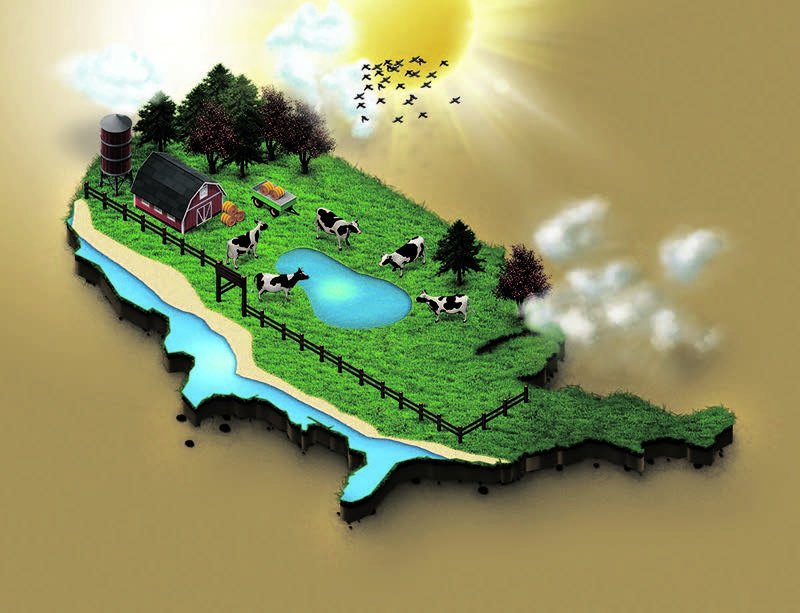Regenerative farming practices— such as composting, incorporating animal grazing, diversifying crops—prioritize soil health. Fertile soil stores more carbon. This sequestration solution is not just for agriculture. A recent study found that better management of forests, grasslands, and soils in the United States could absorb as much as 21 percent of the country’s annual greenhouse gas emissions. There are a thousand ways to kneel and kiss the ground; there are a thousand ways to go home again. —Rumi The way to stop climate change might be buried in 300 square feet of earth in the Venice neighborhood of Los Angeles, amid kale and potatoes. A half- dozen city youth are digging…
-
-
House Fires
Greta Thunberg gets it: our house is on fire. This is the second time in my lifetime that our house has been on fire. I was only 3 years old when Pearl Harbor was attacked on December 7, 1941, thus starting WW II. I was too young then to remember that day, but I do remember the cold day in February of 1946 when my father came home from the Philippines. Our family was lucky, others weren’t, as more than 400 thousand didn’t come home. It took more than 16 million Americans (out of a population of only 140 million) serving in the military to put that fire out, plus…
-
Regenerative Agriculture
for the Herb [and Home] Garden More and more farmers are switching to Regenerative Agriculture principles. One main reason for the switch is to take better care of topsoil, so less carbon is released into the atmosphere. The methods used increase soil water holding capacity, stop erosion, protect the purity of groundwater, and create conditions for more disease and pest-resilient crops. These worthwhile approaches to taking care of the planet can be incorporated on farms large or small, as well as home gardens. Maybe you are already using some of these practices but didn’t realize what an innovator you are. We do, and we’ve found that most of the methods…
-
Soil My Undies
Measuring Soil Biology with a Pair of Skivvies Healthy soil means hungry soil. With proper management, the ground beneath your crops should teem with millions of tiny lifeforms—bacteria, fungi, protozoa, nematodes, arthropods, earthworms—all busy transferring nutrients, eating, and decomposing organic material through nutrient cycling in processes that help plants thrive. So how do you measure the biological activity of your soil? Enter the “Soil Your Undies” test. Simply bury a pair of white, 100% cotton undies beneath your soil, come back two months later and dig them up. Sterile, lifeless soil will keep your tighty- whities clean and intact whereas busy, organically thriving soil will eat away at your briefs,…
-
The RE-Generation
During our class, Less is More: Getting to One Can of Garbage a Year, we talk about the three familiar Rs – Reduce, Reuse, and Recycle. After we discuss these three in order of importance, we ask folks to identify more Rs to move their thinking further upstream. Their suggestions include: Repurpose, Resist, Restore, Repair, Refuse, Reconnect, and Reimagine. Practicing any or all of these behaviors can rehabilitate our planet. Choose the actions that appeal to you and work them into your daily habits. We can all be part of the RE-Generation, no matter when we were born! Another R that is getting more attention now is Regenerate. According to Wikipedia, “the term “regenerative” describes processes…
-
Regenetarians Unite
Regenetarians United Can Change the World “The whole world is a garden, and what a wonderful place it would be if we each took care of our part of the Earth, our garden.” ~Voltaire As eaters, we are all farmers deciding what kind of farming system exists in the world that feeds us: our plate is our farm, our fork our pitchfork, our knife our slaughtering knife. One- third of the Earth’s surface is covered in arable farm and range- lands. Regenerative practices can restore soil health and organic matter relatively quickly, within five to ten years. If we each take responsibility for our section of the garden as consumers, at…






